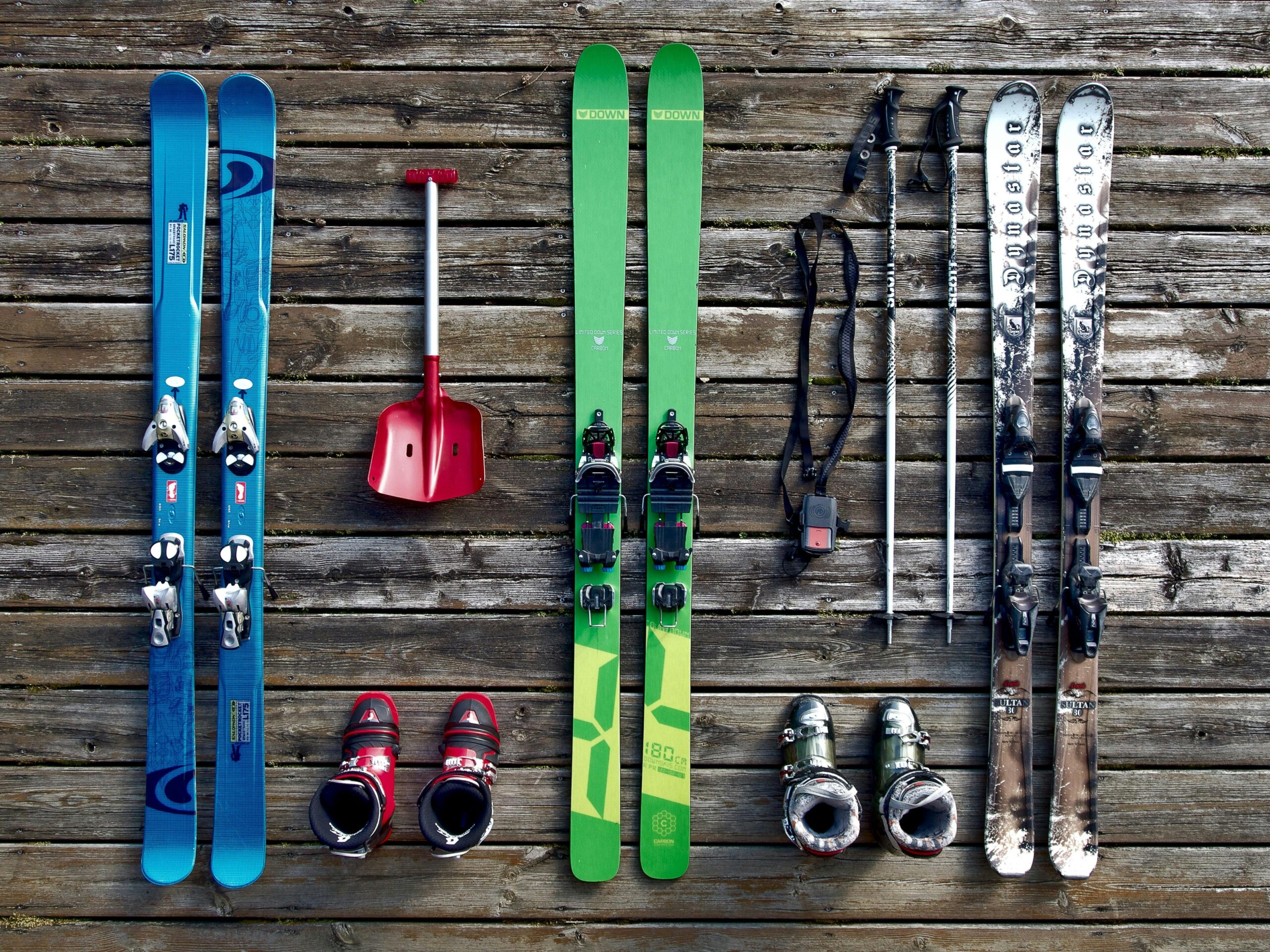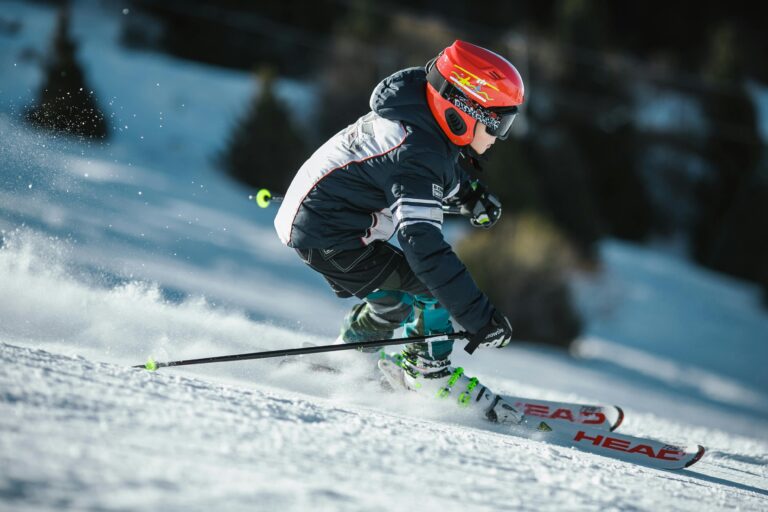When’s the last time you really thought about your skis? If they’ve been sitting in the corner more than slicing through fresh snow, it might be time for some TLC. How often you should tune your skis really depends on how you ski. If you’re more of a weekend warrior, once or twice a season usually does the trick. But if you’re the kind of skier who’s practically living on the slopes, tuning every 5-10 days keeps your gear sharp and safe. Let’s break down when and how often you should tune your skis so you can ski better—and safer—all season long.
The Recommended Frequency for Tuning Skis

The recommended frequency for tuning skis varies based on skiing habits and conditions. Casual skiers should tune their skis once or twice a season, while more aggressive or competitive skiers might require tuning every 5-10 ski days to maintain performance and safety.
Ski tuning isn’t one-size-fits-all. How often you hit the slopes and how aggressively you ski really matter here. If your ski days are mostly weekend fun, tuning once or twice a season will keep your skis in good shape for those runs.
But if you’re skiing multiple times a week or competing, you’ll want to tune more often—typically every 5-10 days on snow. This keeps your skis sharp and responsive, so you stay in control and avoid injuries. Your skis won’t just look better—they’ll perform better when it counts.
Establishing a Baseline for Tuning Frequency
To figure out how often your skis need attention, ask yourself:
- How often do you ski? More days on the mountain mean more wear. If you’re skiing a lot, build maintenance into your routine.
- What’s your style?
- Casual skier? You can get away with fewer tune-ups.
- Aggressive or competitive? Frequent tuning keeps your skis ready for those sharper turns and faster speeds.
- Where do you ski?
- Icy or rough terrain dulls edges fast and can damage bases quickly.
- Powder or soft snow lets you stretch out time between tune-ups.
- What are the conditions after skiing? Skiing in wet snow or slush dries bases out, increasing your waxing and inspection needs.
- Are there visual clues? If your skis start slipping or feel slow, it’s their way of telling you—they need some attention.
Recommendations from the Ski Community
I love tapping into what other skiers say online—it’s a goldmine. On Reddit and Quora, plenty say that if you notice you’re struggling to stay in control after a few days, it’s time to tune your skis. One skier nailed it: “If I feel like I’m working harder just to stay balanced, it’s definitely time for maintenance!”
Your skis talk to you. Listen up. Want to dive deeper? Check out our full article on How Often to Tune Skis? for more real-world advice.
Identifying Signs That Your Skis Need Tuning
Common signs that indicate skis require maintenance include dull edges, visible base damage, score marks, or an overall reduction in performance on the slopes. If your edges can’t grip, it’s time for a tune!
You’ve probably had this happen—heading out for a great ski day only to feel something’s off. Here’s what to watch for:
- Dull edges: When turns feel sloppy or your skis slip instead of bite into the snow, your edges need sharpening.
- Scratched base: Deep or multiple scratches, especially those cutting through the P-Tex, signal damage. Tiny stones can do surprise harm.
- Poor performance: If you’re fighting with your skis or getting tired faster, they might need a tune-up.
- Visible wear: Take a good look. Any worn spots or base damage mean your skis need some love.
YouTube pros emphasize not ignoring these signs—they’re essential for safety and performance. As one user said, “After my first professional tune, it was like skiing on clouds!” Don’t wait until things get risky.
If you’re unsure what to look for, our guide on Common Ski Maintenance Mistakes will help you spot trouble early.
The Tuning Process: What Does It Involve?
The ski tuning process involves several essential steps: base grinding, edging, and waxing. Each step requires specific tools and know-how, whether you choose to DIY or go to a professional.
Think of tuning as a full spa day for your skis:
- Base grinding smooths and levels the base, erasing scratches and prepping it for ideal glide. This step usually needs a special machine.
- Edging sharpens the edges so you have solid grip and control. You’ll use files or diamond stones here, shaping the edge to match your skiing style.
- Waxing seals the deal—wax improves glide and protects the base from moisture and damage. Pick your wax based on temperature and snow conditions.
Tools Needed
If you want to try it yourself, you’ll need:
- Ski file for edges
- Base scraper
- Waxing iron
- Different wax types (check out Understanding Different Types of Ski Wax)
Professional Services
If your skis have serious base damage or you’re unsure about tuning angles, professional shops can handle all this for you with expert precision. They have the tools and experience to get it right the first time.
DIY vs. Professional Ski Tuning: What’s the Best Option for You?
The decision between DIY tuning and professional services boils down to comfort with the tuning process, cost, and the condition of your skis.
Here’s the deal: tuning at home saves money and lets you work on your own schedule, which is awesome if you ski often.
But DIY can get tricky. Miss a step or under- or over-sharpen edges, and things can actually get worse. I’ve been there, and trust me—it’s frustrating.
When to Get Pros Involved
- Your skis have big scratches or gouges
- You don’t have the right tools or time
- You want the peace of mind that everything’s done perfectly
A Reddit user shared, “I try DIY sometimes, but the pro tune always makes my skis feel brand new again.”
Not sure about your DIY skills? Check out Common Ski Maintenance Mistakes to avoid the usual pitfalls.
Tuning Guidelines for Different Ski Types
Your ski type also shapes how you tune:
- All-Mountain Skis: Keep edges moderately sharp for versatile conditions; regular waxing keeps things smooth.
- Racing Skis: Need sharper edges and more frequent tuning to stay competitive and responsive at high speeds.
- Freestyle Skis: Focus on protecting the base and maintaining decent edge sharpness for park tricks and jumps.
Adapting your routine like this makes a big difference in how your skis perform day-to-day.
For extra care tips, see our guide on How to Repair Ski Base Damage.
Ski tuning isn’t complicated once you find your rhythm. Knowing your style and gear helps you ski safer and better—and trust me, your skis will thank you.
If you want a hands-on look at the process, check out this video:
And here’s one on common ski mistakes you don’t want to make:
Happy skiing—and tuning!




